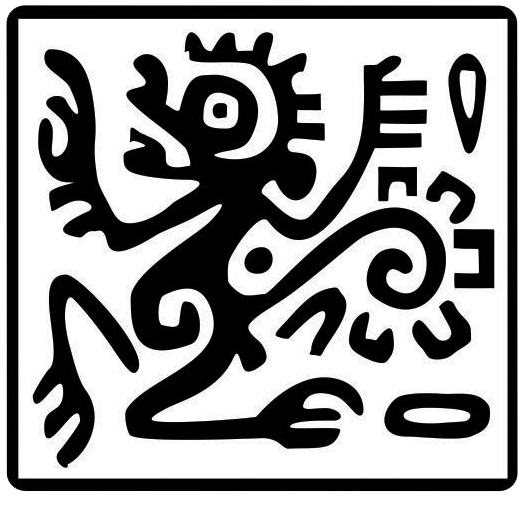Drainage culverts as a measure to avoid mammal roadkills in Costa Rica: the case of Dasyprocta punctata
Abstract
Wildlife passages are structures that connect habitats, populations and reduce wildlife mortality. In places with no road mitigation, wildlife can resort to using underground structures called drainage culverts to prevent direct road-crossing. To determine which mammal species generally benefit from these structures, we placed camera traps in 6 drainage culverts and compare the number of road-killed species by vehicle tours along a 30 km segment of the North Inter-American Highway in Costa Rica. We detected 14 mammal species using drainage culverts as wildlife passages. The Central American agouti (Dasyprocta punctata) showed the highest number of records. The absence of D. punctata roadkill records and the high culvert use rates suggests that these structures may be effective in roadkill mitigation for this species, allowing them to cross safely from one forest patch to another.
Copyright (c) 2022 Therya Notes

This work is licensed under a Creative Commons Attribution-NonCommercial-NoDerivatives 4.0 International License.
THERYA NOTES is based on its open access policy allowing free download of the complete contents of the magazine in digital format. It also authorizes the author to place the article in the format published by the magazine on your personal website, or in an open access repository, distribute copies of the article published in electronic or printed format that the author deems appropriate, and reuse part or whole article in own articles or future books, giving the corresponding credits. The Creative Commons CC BY-NC-SD license is used.![]()










